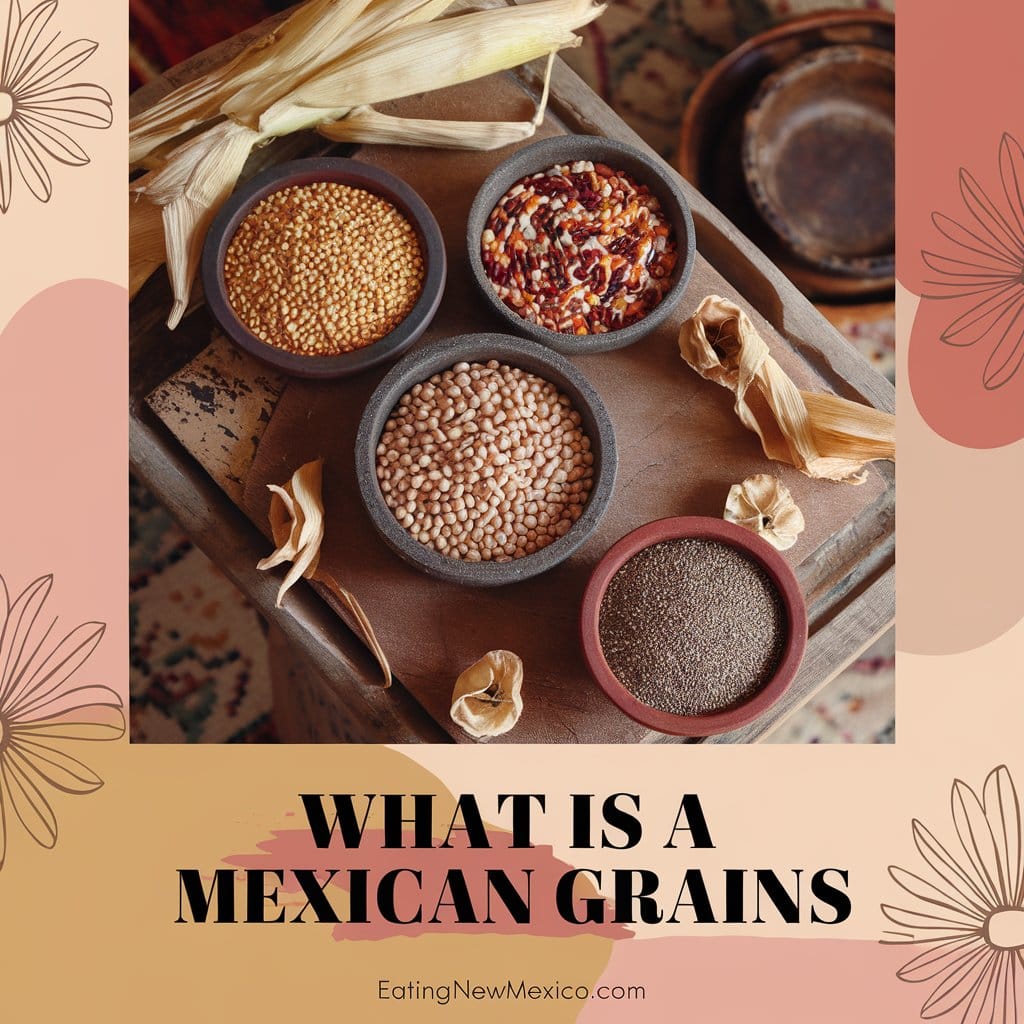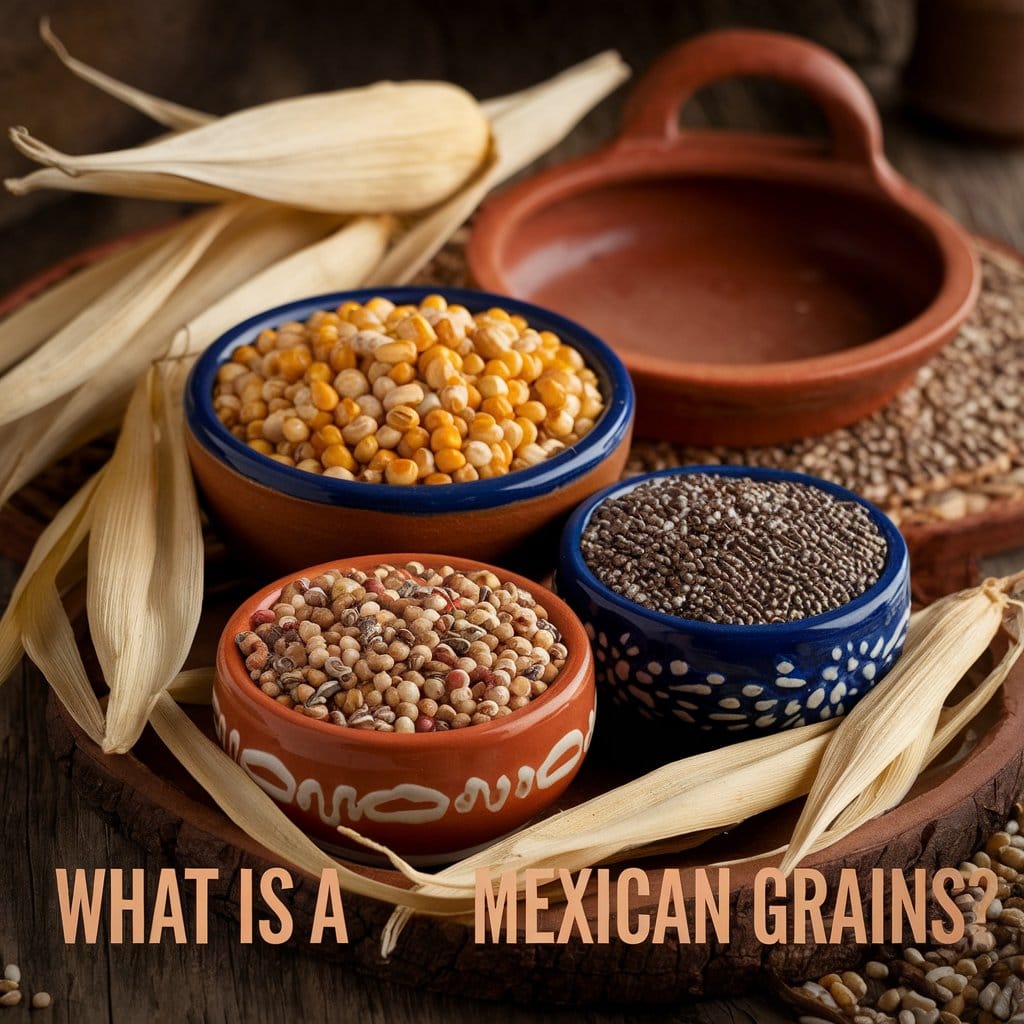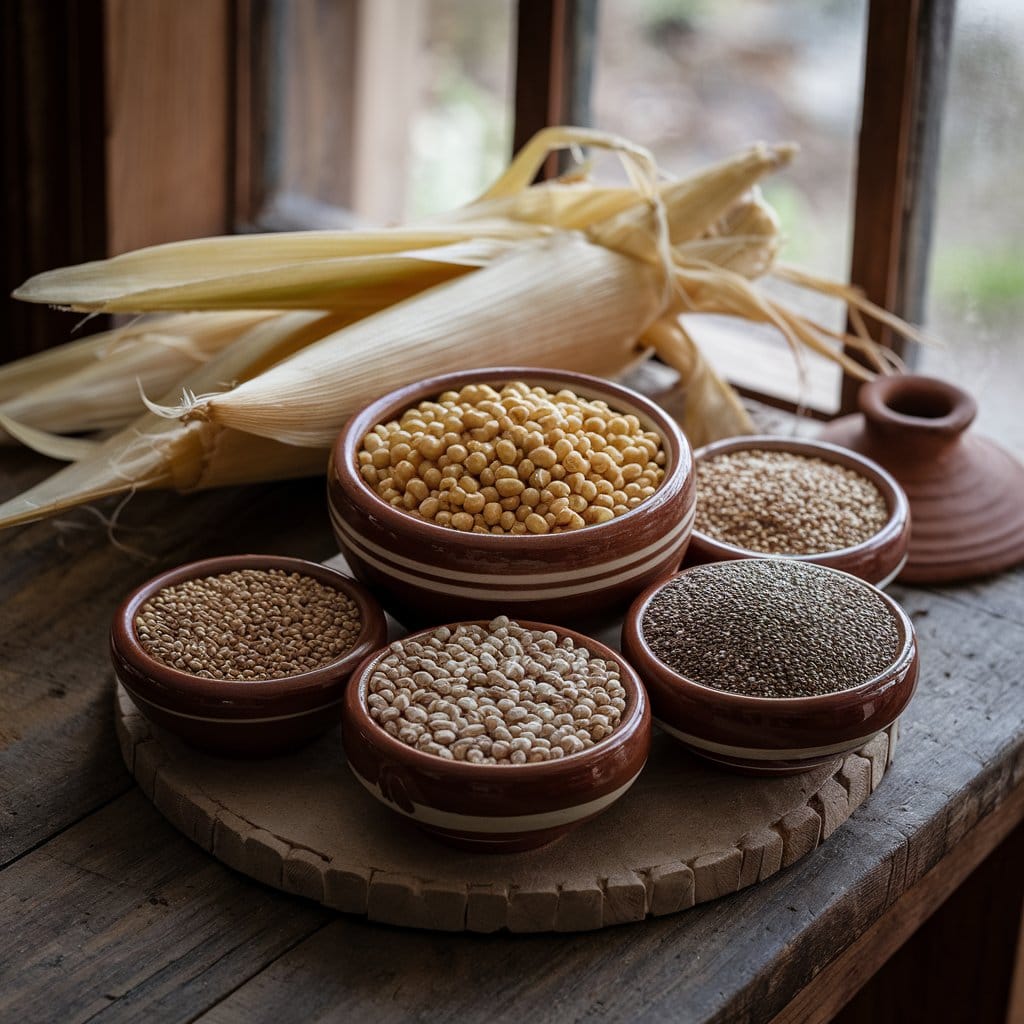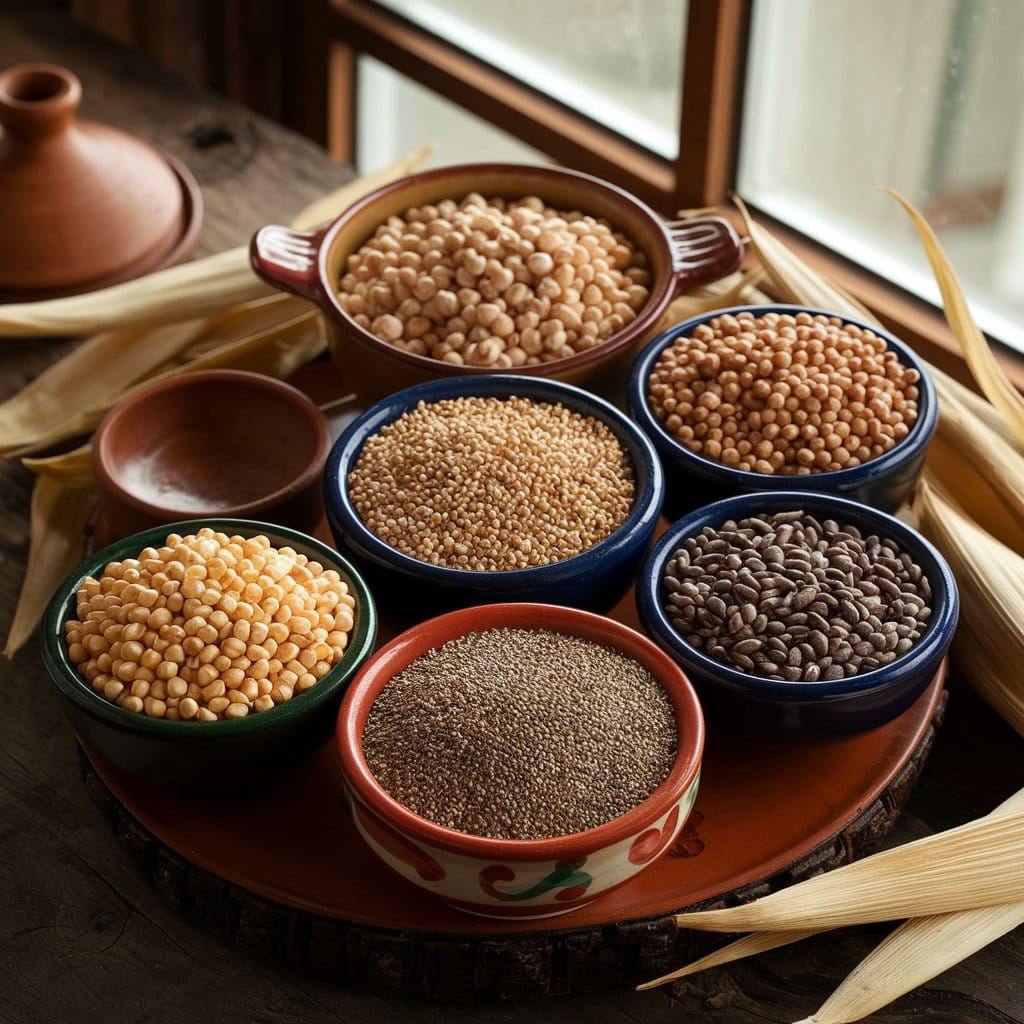
Exploring Ancient Grains: The Rich Legacy of Mexican Whole Grains
Mexican ancient grains have fed people for thousands of years. These whole grains remain important in Mexican cooking today. From corn tortillas to amaranth treats, these grains offer both good nutrition and rich flavors. Let’s explore the most important Mexican grains and learn how to use them.
The Historical Significance of Ancient Grains in Mexican Cuisine
Pre-Hispanic Origins and Cultural Importance
Ancient grains were the foundation of early Mexican civilizations. The Aztecs and Mayans grew corn, amaranth, and other whole grains as their main foods. These grains weren’t just food – they were also used in religious ceremonies and traditions.
Corn was so important that many Mexican cultures had special gods for this grain. People believed corn was a gift from the gods. This belief shows how central these grains were to daily life.
The Evolution of Grain Usage in Mexican Food Traditions
Over time, Mexican cooking methods for grains grew more complex. People learned to process corn through nixtamalization – soaking it in lime water. This made the corn more nutritious and easier to grind.
Different regions developed their own special ways of preparing grains:
- Coastal areas mixed grains with seafood
- Mountain communities created hearty grain soups
- Valley dwellers made various types of tamales
Traditional Processing Methods and Nixtamalization
Nixtamalization remains one of the most important grain processing methods in Mexican cooking. This process:
- Makes corn easier to grind into masa
- Increases the nutritional value
- Improves the flavor
- Helps prevent food spoilage

Essential Mexican Ancient Grains and Their Uses
Corn (Maíz): The Foundation of Mexican Cuisine
Corn is Mexico’s most important grain. Different types of corn are used for different foods:
- White corn for tortillas
- Blue corn for special dishes
- Red corn for ceremonial foods
- Yellow corn for animal feed
Mexican cooks use every part of the corn plant. The husks wrap tamales, while the cobs can make stock.
Amaranth: The Sacred Grain of the Aztecs
Amaranth was a sacred grain to the Aztecs. This tiny seed is packed with protein and minerals. Today, Mexican cooks use amaranth in:
- Breakfast cereals
- Energy bars
- Traditional candies called alegrías
- Bread and baked goods
Other Traditional Whole Grains in Mexican Cooking
Besides corn and amaranth, Mexican cuisine uses several other whole grains:
- Wild rice varieties
- Chia seeds
- Various wheat varieties
- Local barley types
Traditional Mexican Grain Preparations
Masa and Tortilla Making
Making masa (corn dough) is an ancient skill passed down through generations. The basic steps are:
- Soak corn in lime water
- Wash the corn
- Grind it into masa
- Form and cook tortillas
Fresh tortillas are eaten at almost every Mexican meal. They can be used for:
- Tacos
- Enchiladas
- Quesadillas
- Tostadas
Ancient Grains in Tamales and Tlacoyos
Tamales show how versatile Mexican grains can be. These steamed packets combine:
- Masa dough
- Various fillings
- Corn husks or banana leaves
Tlacoyos are another traditional food made with corn masa. These oval-shaped treats are:
- Stuffed with beans or cheese
- Grilled until crispy
- Topped with salsa and vegetables
Whole grain-based Mexican Street Food
Mexican street food often features whole grains. Popular examples include:
- Elotes (grilled corn)
- Esquites (corn kernels in cups)
- Gorditas (thick corn patties)
- Sopes (raised-edge corn boats)

Nutritional Benefits of Mexican Ancient Grains
Complete Proteins and Essential Amino Acids
Mexican ancient grains provide good nutrition. Amaranth and corn together make a complete protein. This means they contain all the essential amino acids our bodies need.
Vitamin and Mineral Content
These grains are rich in:
- B vitamins
- Iron
- Zinc
- Magnesium
- Fiber
Nixtamalized corn provides more:
- Calcium
- Niacin
- Protein availability
Whole Grain Benefits for Modern Diets
Mexican whole grains fit well in healthy modern diets. They are:
- Naturally gluten-free
- High in fiber
- Rich in antioxidants
- Good for gut health
Modern Applications of Mexican Ancient Grains
Contemporary Culinary Innovations
Today’s chefs create new dishes with Mexican grains:
- Amaranth breakfast bowls
- Corn-based pasta
- Grain-based desserts
- Health food products
Fusion Dishes and Global Influence
Mexican grains now appear in fusion cooking worldwide:
- Korean-Mexican tacos
- Mediterranean-style grain bowls
- Asian-inspired tamales
- European bakery items with masa
Sustainability and Food Security
Mexican ancient grains help with food security because they:
- Grow in tough conditions
- Need less water than other crops
- Store well
- Resist pests naturally
Preserving Mexican Grain Traditions
Cultural Preservation Efforts
Many groups work to save traditional grain knowledge:
- Cooking schools
- Family farms
- Indigenous communities
- Food historians
Modern Farming and Production Methods
Farmers combine old and new methods to grow grains:
- Traditional seed saving
- Modern irrigation
- Natural pest control
- Sustainable farming
Educational Initiatives and Knowledge Transfer
Programs teach people about Mexican grains through:
- Cooking classes
- Farm visits
- Food festivals
- Online resources

Frequently Asked Questions
What are the most common ancient grains used in Mexican cuisine?
Corn, amaranth, and chia are the most common Mexican ancient grains. Each has unique uses in cooking.
How does nixtamalization affect corn’s nutritional value?
Nixtamalization makes corn more nutritious by increasing calcium and making nutrients easier to absorb.
Where can I find authentic Mexican whole grains?
Look in Mexican markets, specialty food stores, or online retailers that sell Mexican ingredients.
What makes Mexican ancient grains different from other grains?
Mexican ancient grains have unique processing methods and cultural significance in traditional cooking.
How can I incorporate Mexican whole grains into my daily diet?
Start with corn tortillas, try amaranth cereal, or add chia seeds to drinks and smoothies.
Are Mexican ancient grains gluten-free?
Most traditional Mexican grains like corn and amaranth are naturally gluten-free.
Conclusion
Mexican ancient grains remain important today. They offer good nutrition, taste great, and connect us to old traditions. Try adding these whole grains to your cooking to enjoy their benefits.
Want to learn more? Try making fresh tortillas at home or visit a local Mexican market. These grains offer endless possibilities for healthy, tasty meals.